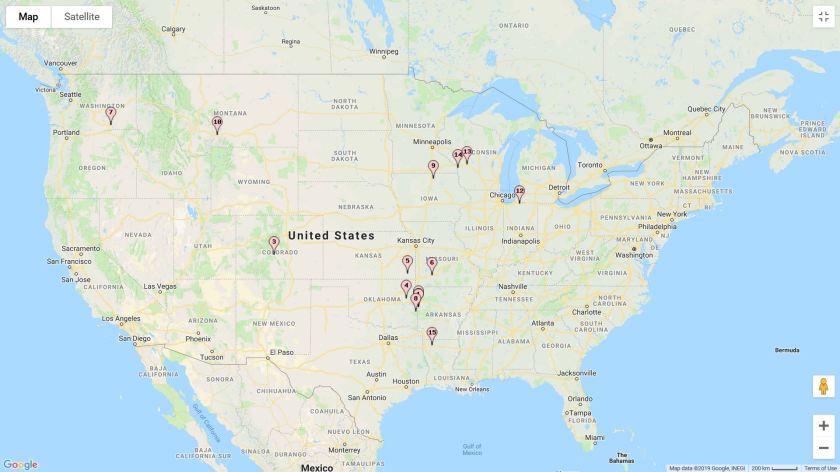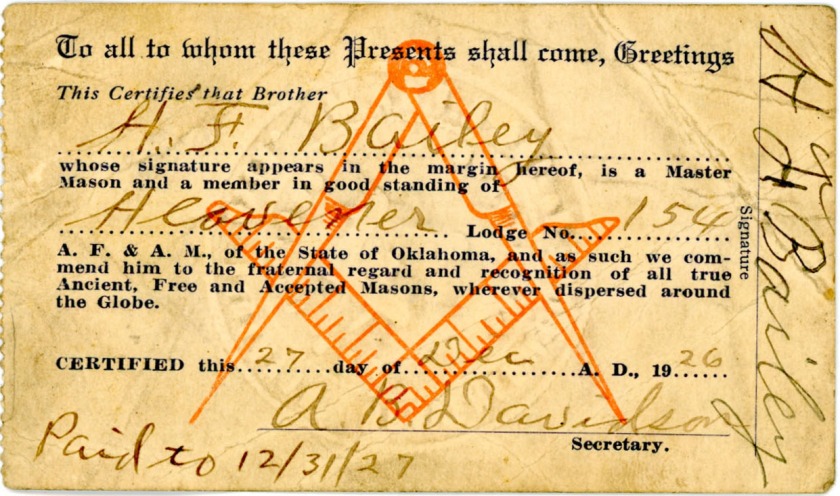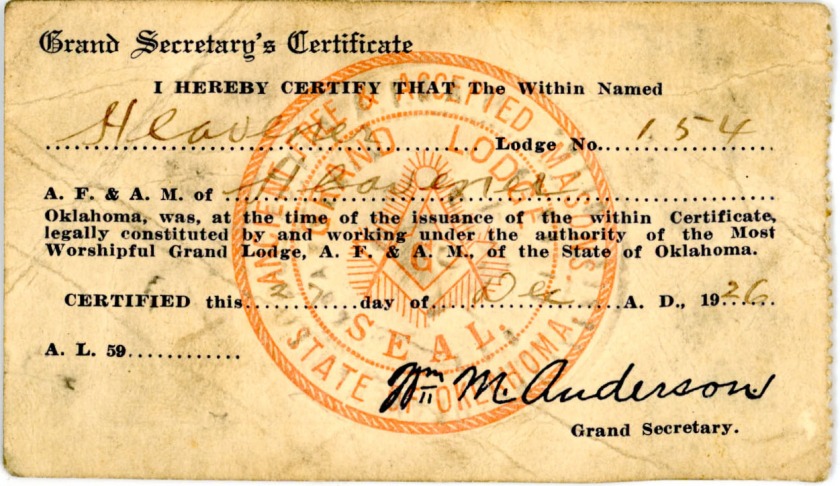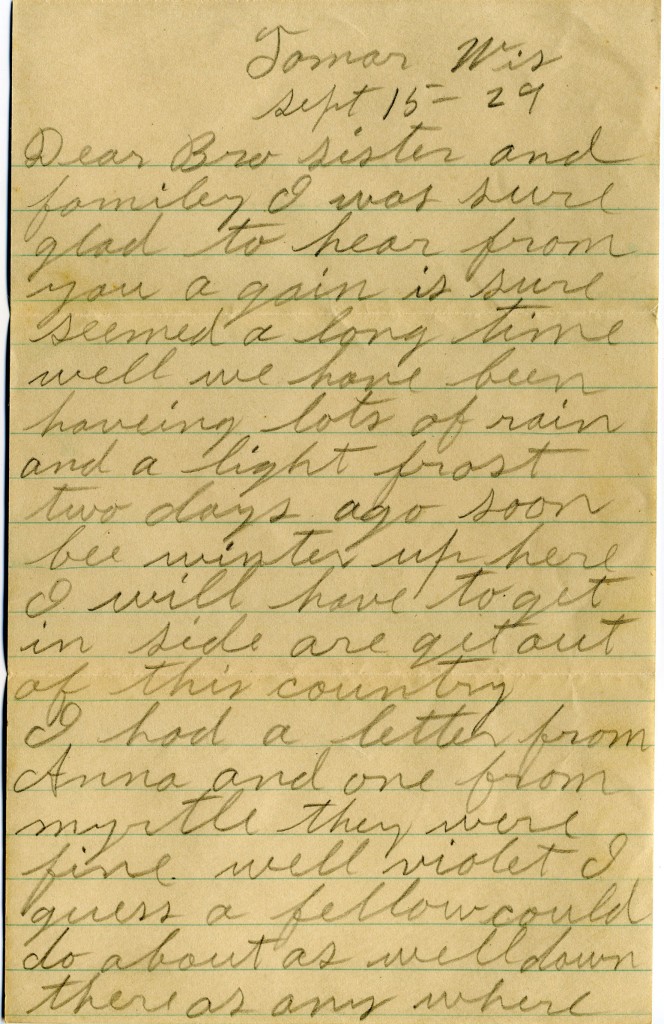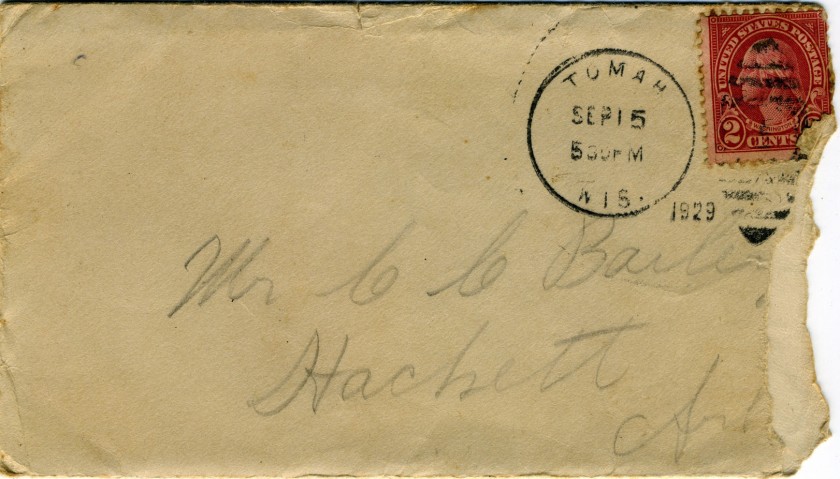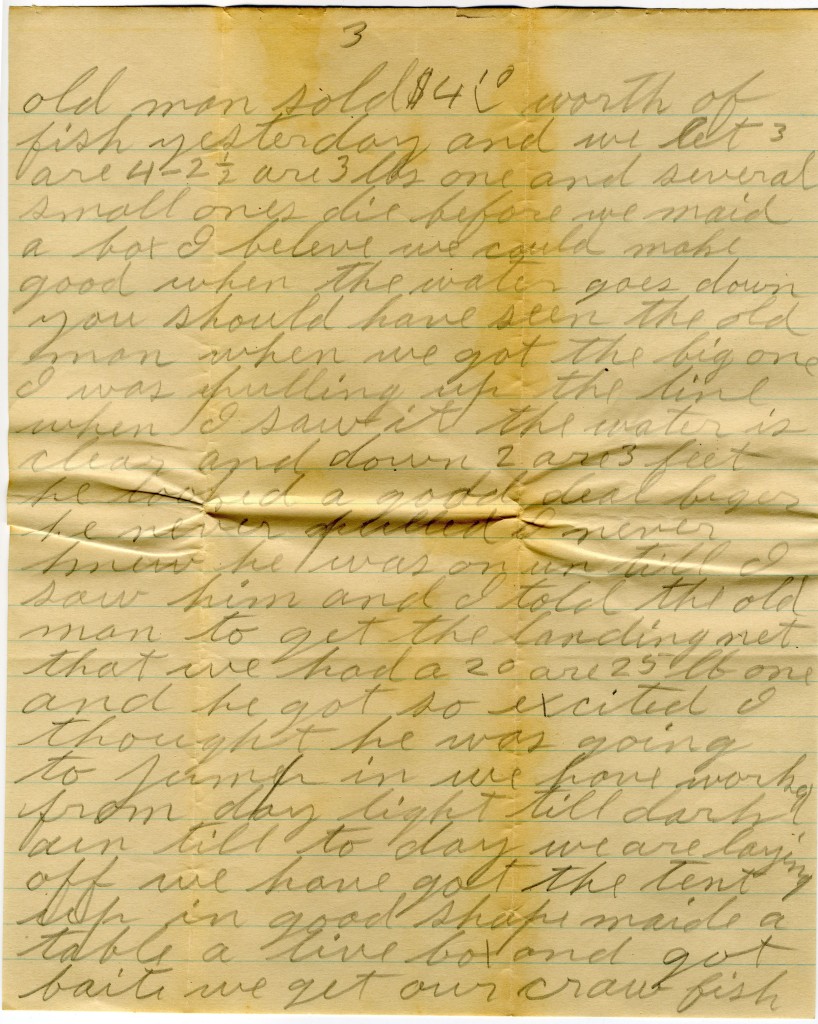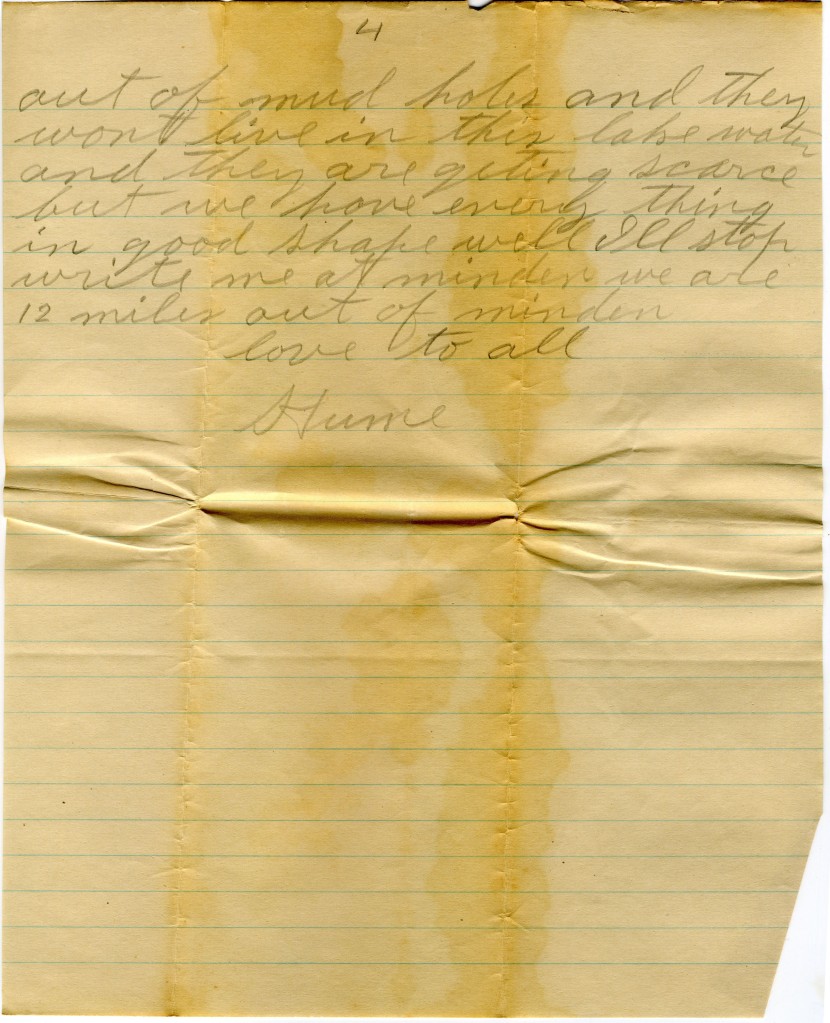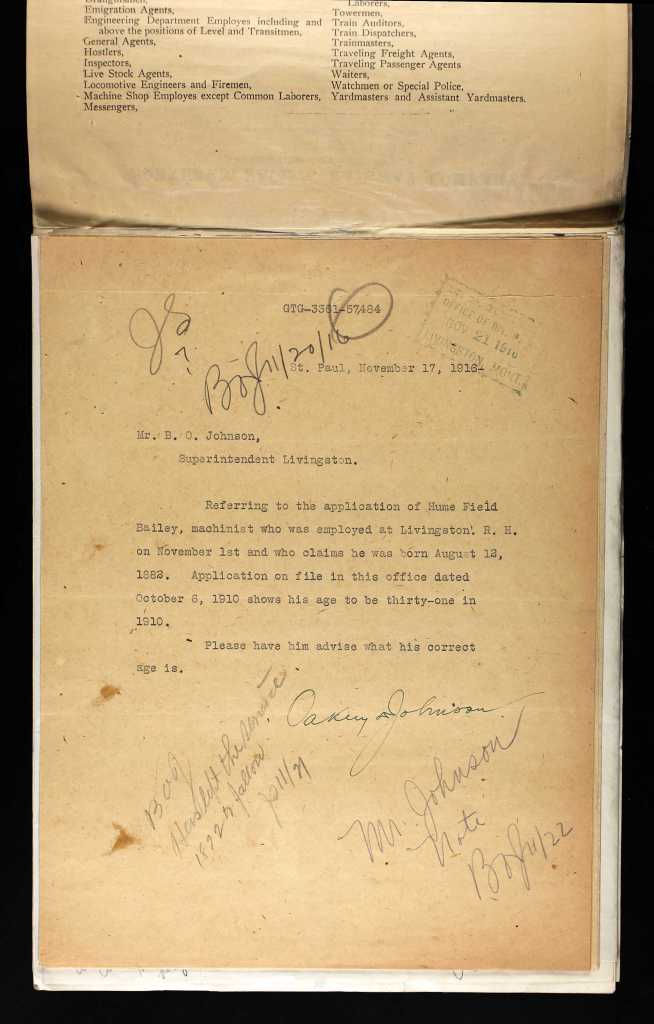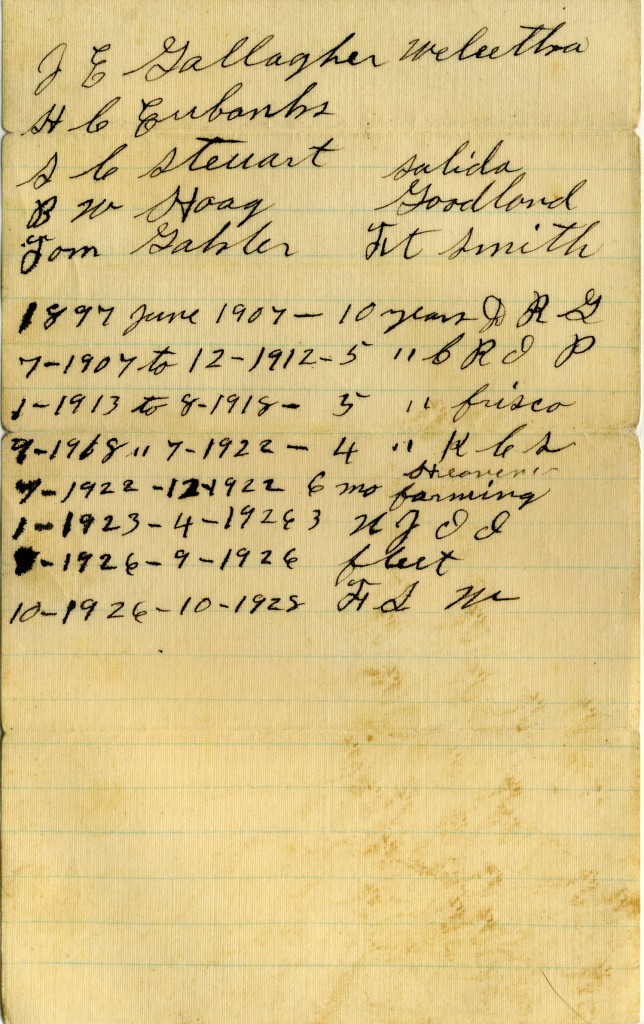In the Papers – 52 Ancestors in 52 Weeks
I was all set to tell you all about my great-grandfather, John William “Will” Higgs, and his years running a host of newspapers across Arkansas and Oklahoma in the late 19th and early 20th centuries. I was going to tell you about my theory of how he and his bride might have met, and how I found that idea in the paper.
But, instead, I was taking a new look at my step-dad’s family and was reminded of a story that is way too good not to share. It’s a huge mystery to me, still. So, I’ll just tell you what I know.
Jacob (or Jakob, or maybe Jakub) Reglin was born in about 1848. Maybe he was born in Switzerland. Maybe even around Lugano. Maybe that’s bogus. I think it’s likely to be true. The little bit I have tried to do with Swiss research has only frustrated me in finding access to records online. I’ve not yet written away for the records, but should. Of course, since this is in the part of Switzerland that speaks Italian, I have been advised to write in Italian rather than even English. Luckily, I have a good friend who is fluent.
He came to America about 1867, though we are still trying to decide whether the passenger records we have seen are for him or for someone else. He landed in New York and settled in Newark, New Jersey. On 9 Sep 1872, he married Franciska Siehe, the daughter of Frederick Carl Seihe and Louise Christiane Herboth. Frederick and Louise were both from Prussia and Franciska had been born in Manhattan in 1854. Jacob and Franciska had four children together, though only one, Frederick, born in 1879, lived beyond the age of five.
Apparently, things went well in their marriage. For a while. And then, they didn’t. According to the annual report of the City Attorney, in the “Message of Hon. Joseph E. Haynes, Mayor, together with the Reports of City Officers of the City of Newark, N.J. for the Year 1886”, there was trouble in paradise. In April 1886, Franciska brought suit against Jacob for refusal of support. John McLorinan, Overseer of the Poor, had Jacob arrested on 27 Sep 1886. He plead not-guily and bonded out of jail on May 1.

On 27 Jun 1886, the case went to trial, with no verdict from the jury. It was tried again on 20 July 1886 and Jacob lost. He was forced to pay $5 per week. He appealed and on 23 Sept 1886, the case was heard by the Quarter Sessions Court with no jury. Jacob was found not-guilty this time. (By the way, there’s no record in the city attorney reports for ten years either side of this of any other actions. But, I expect looking at the court proceedings might show a different story.)
But, whatever had led up to this was apparently still a problem in their relationship.
Meanwhile, half a world away, there was turmoil in England as Irish Republicans were carrying out a campaign of dynamite and other attacks as a part of their quest for Irish Independence. In the midst of this, there were Irish secret societies in America, primarily made up of immigrants to the U.S. from Northern Ireland. Some of the battle played out on this side of the Atlantic.
And there was collusion from across the Atlantic. It seems that there was a group in the Philadelphia area, made up of immigrants, who after receiving U.S. citizenship, made their way back to England to fight for Irish independence. One of their number, maybe known as Joseph Cohen, or maybe Brown, died of disease while in England and the connection to Philadelphia was discovered.
(Note, all of these newspaper articles about the dynamiter are large. Click on the page, then use the link in the lower right corner to view full-size. For the Irish Times and The Standard, the story is in column 3. In the Times of Philadelphia, it is at the top of column 6.)
October 1887 is about a year after Jacob was found not-guily of refusing to support his wife. But, she must have still be angry and their relationship deteriorating on both parts. In the midst of all of the press about the dynamite attacks and the questions about Cohen’s actual identity, we find an article in the New York Evening World on 24 November 1887:


New York Evening World, 24 Nov 1887
Franciska and her father went to the police and reported that Jacob was the mad bomber! They said that he and Franciska had been married for about twelve years, but in the last two, he had been withholding his pay from his wife (remember her previous charges?) and becoming more and more disagreeable. Finally, she said that he had left the country for Europe in July and she had heard nothing more from him. Hold Everything! Stop the Presses! Get this in the evening edition.
Another local paper, the New York World, must have also reported this, though they took the time to look into it more deeply. On the next day, they reported about further developments:


New York Tribune, 25 Nov 1887
The New York Tribune sent a reporter over to talk to Jacob’s employer who immediately said that the picture from Scotland Yard was not Jacob. Moreover, they said that they had received a letter from him from Chicago recently. Strange, then, that Franciska, her father, and the local street commissioner for their neighborhood all said the photo was Jacob.
I’ve not found anything more in the newspaper on either side of the Atlantic to clear this up. But, eventually Jacob comes back. By 1900, he is back in Newark, living alone, a few blocks from Franciska. He died in Newark in 1906 and was buried there.
You would think this would be the end of the story. But wait! There’s more! The Evening World said he worked for Darsch & Co. as a mechanic. The Tribune said Dorah & Sons, a shoe manufacturer was his employer and had received a letter from Chicago. Where was Jacob between 1887 and 1900? Chicago? Europe? Newark? Somewhere else?
So, on 5 Nov 1888, there’s an article in the Inter Ocean newspaper of Chicago about a shoemaker named Jacob Reglin, of about the right age, naturalized citizen of the U.S., originally from Switzerland, who apparently had a bad temper. He went into a butcher shop with his dog (who had a big rat in its mouth at the time). The wife of the owner shooed them out. He got mad, so the butcher tossed him out. Jacob came back and shot at the butcher with his pistol and then ran, since this alerted the police. The police gave chase. Jacob shot at one of the officers and hit him in the hand. The officer’s partner shot Jacob in the abdomen. He was taken into custody and then to the hospital.
The article says Jacob is a married man with four children. It also says he “bears a hard reputation in police circles.”
So, is this the same Jacob? I don’t think so. We can find New Jersey Jacob in Newark consistently until his troubles with Franciska. There’s not enough time for him to have gone to Chicago, had a family of four children and create a “hard reputation” in less than a year. And there is a shoemaker Jacob in the 1880 Census and other Chicago records.
But, is there a connection between the two Jacobs? Could they be related? Who knows. That’s one of the mysteries that has vexed us for a long time.
But, between these newspaper stories, we get an idea that there’s a lot more to this story than just some census records, marriage, baptism, and death certificates. The newspapers really pique your curiosity and make you want to find out more about just exactly what sort of people there were in the family.












